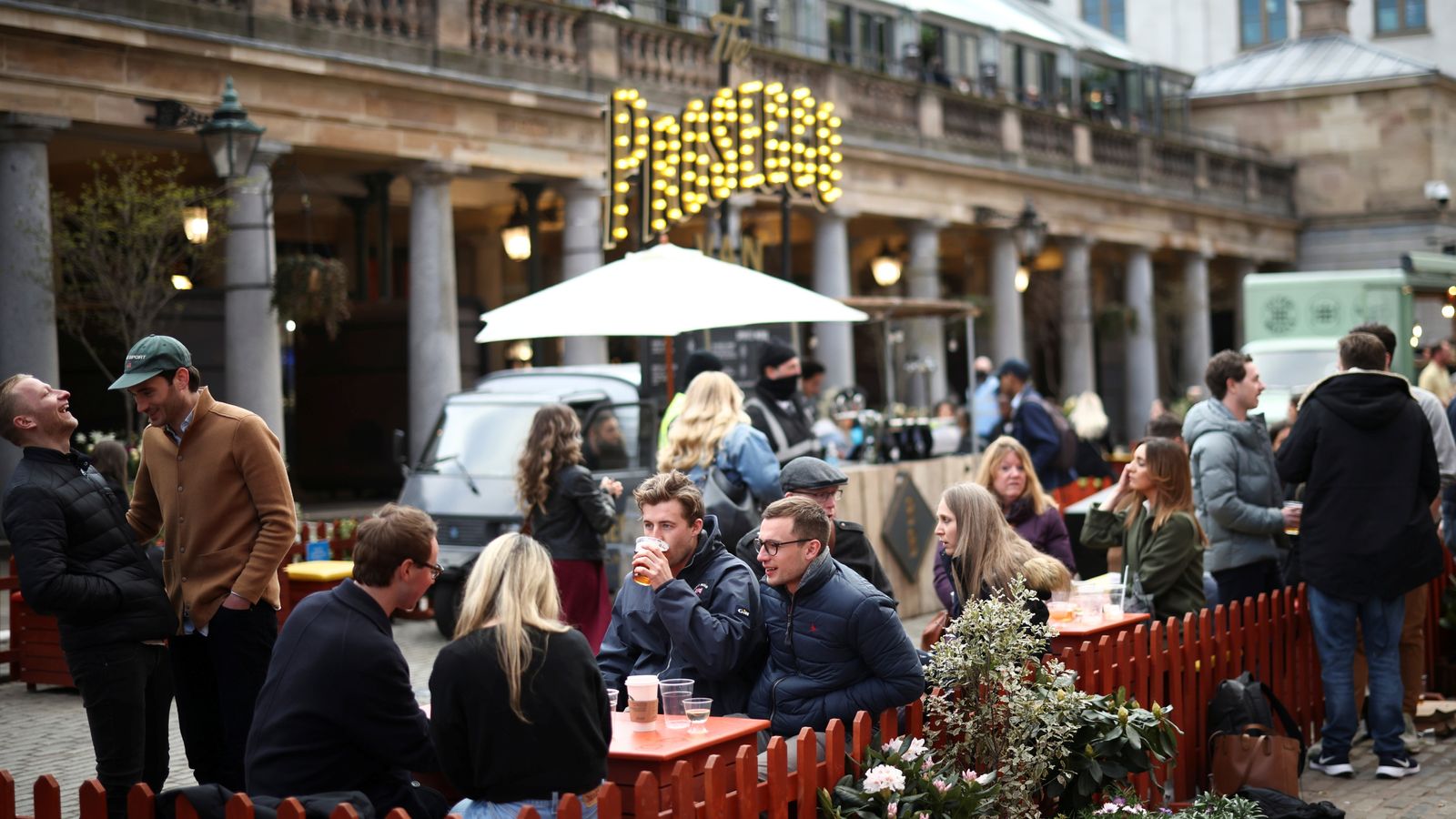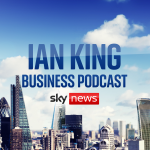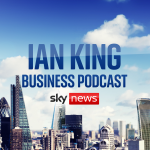If you have ever wandered through Soho, Chinatown or Carnaby Street, in London’s West End, you will have walked past a site owned by Shaftesbury.
The FTSE 250 company is one of the biggest landlords in those areas and in Covent Garden and Fitzrovia, owning more than 600 properties, which are let to the owners of restaurants, shops, offices and, in some cases, to residential tenants.
Accordingly, with restaurants and retail having gone through such a brutal period during the pandemic, it has taken a heavy financial hit.
These were spelled out in today’s half-year results.
The company reported a pre-tax loss of £338.5m for the six months to the end of March – up from one of £287.6m in the same period a year earlier – reflecting lower property valuations and a drop in rental income.
The bulk of the loss was due to a cut in the value of Shaftesbury’s assets by £342.6million, but there was also a 42.6% drop in net rental income to £26.5m, reflecting more properties remaining vacant, a drop in the amount of rent collected and support that the company had to provide to some of its tenants.
Brian Bickell, the chief executive, told Sky News: “It’s obviously been a very difficult period for the West End – if you look back to the six months to the 31 March, our shops and restaurants traded for just seven weeks during that period and they lost their Christmas trade, which is obviously very important to them.”
He said the company had worked hard to keep as many of its tenants and occupiers on “life support” and said it had largely “pretty much achieved” that.
Shaftesbury began supporting tenants 15 months ago, by extending or restructuring leases or waiving rents, when a drop-off in business in Chinatown signalled all was not well.
That said, Mr Bickell is now detecting signs of optimism, having recently seen an increase in enquiries and letting activity. He said footfall had bounced back to 40% of pre-pandemic levels after partial reopening began on 12 April and had accelerated after indoor opening of restaurants, cinemas and theatres on 17 May.
He added: “We were concerned how this was going to play out but life has got better as we have gone into the New Year, the vaccine programme is seeing confidence coming back and now we have got to the reopening stage we’re seeing footfall coming back – so life is improving for us.
“It’s good to see space coming under offer and you’ll see there’s more of that happening now. So we’re much more optimistic that things are going to recover from quite swiftly here on in.”
He said the next stage of the reopening, on 21 June, would hopefully see the West End restored “to a seven day a week economy” as workers returned to offices in numbers and nightclubs and music venues could reopen.
Mr Bickell said he also had some confidence that the value of the company’s property portfolio might also start to recover in due course.
He went on: “We’ve taken a hit on rents and rental values but we feel now the rents we are looking at are both realistic and achievable – so I think it is all about dealing with the vacancy situation now and we have a product to offer across our villages that will attract people back.
“Businesses are quite scarred by the events of the last 12 months and want a landlord they can trust. Shaftesbury has been extra supportive – we have always supported our tenants – and we’ve some brilliant areas that have been busy from the get-go of relaxation of the rules so I think these are the areas people want to get back to.
“If we can have a good steady run-up through the summer to the very important Christmas and New Year period, I think that will bring a lot of stability to the West End, footfall will come back, we can deal with the vacancy problem and I think at that point we will all have turned a corner.”
Mr Bickell admitted the lack of tourists remained a problem – with international visitor numbers unlikely to come back to pre-pandemic levels until 2023 or even 2024 – but said that “Brits are something of a captive market at the moment” which could hopefully bring more domestic visitors to the West End.
He said he was reasonably relaxed about the fact that people would not be returning to the office five days a week because it might create an incentive for some of them to visit the West End more at the weekends.
He said the company was doing its best to attract back visitors by providing outdoor seating and space for dining and making them comfortable. He said events and installations were being planned for coming months.
He added: “People are always attracted by busy locations and that’s what we try and provide – the buzz and the excitement.”
He said it would help if more people could be persuaded to come back into the West End on public transport to visit cultural attractions as well as shops and restaurants.
While Mr Bickell is sounding increasingly confident, the market remains a little cautious, with the shares falling by 2% today. The company has a market capitalisation of just under £2.3bn.
Tim Leckie and Neil Green, the analysts at broker JP Morgan Cazenove, told clients: “We still see an extended period of recovery as vacancy is absorbed and pricing power takes time to return to the landlord.”
Meanwhile the team at investment bank Peel Hunt noted that shares of Shaftesbury were trading at a premium to net asset value (NAV) per share – the amount that would be raised if all of its assets were sold, all creditors repaid and the balance returned to shareholders.
They added: “Clearly we are not out of the woods yet, but footfall, letting activity and space under offer perhaps offer a glimpse at some green shoots… much will depend on how the coming months pan out for the wider economy.”
That premium to NAV is rare. Most quoted property companies trade at a discount to NAV and some of the big names in the sector with big exposure to offices, retail parks and shopping centres, such as Land Securities, British Land and Hammerson, are currently suffering from battered valuations.
Shaftesbury’s valuation reflects the rarity of some of the property assets it owns. Mr Bickell again likened putting together the portfolio as like “putting together a jigsaw puzzle”.
But the rarity of some of those assets, as the last 15 months have proved, can also come with some challenges all of their own as well.






















